The Best Small Diaphragm Mics for Studio Recording
A range of pencil mics for different budgets.
If you’re getting into recording instruments at home, clarity is going to be one of your main concerns. For this purpose, we’ve selected some of the best small diaphragm mics to get you started.
In this Article:
Also commonly referred to as ‘pencil mics’, small-diaphragm condenser mics are some of the most versatile recording tools available. Their slim, compact design allows them to be used in a range of stereo and mid-side configurations.
In addition, their wide frequency response makes them suitable for almost any sound source. From piano to vocal groups, percussion, and acoustic guitars, these mics can capture realistic performances without too much trouble.
Getting Started with the Best Small Diaphragm Mics?
Besides phantom power, cables, and mic stands, the beauty is that you really don’t need much to use these mics. They don’t require much gain at all, so you’ll be able to get decent results going straight into your interface in most cases.
Although using a dedicated preamp can provide you with more precise gain control and a lower noise floor, it’s not essential when you’re getting started.
Let’s take a look at some basic cardioid condensers that can become new creative tools in your home studio.
The Best Small Diaphragm Mics: Behringer C-2
If you’re getting into recording instruments at home, the C-2 is a great way to start. It’s an entry-level FET condenser, with a simple design and straightforward operation. Its cardioid pickup pattern makes it suitable for most recording applications.
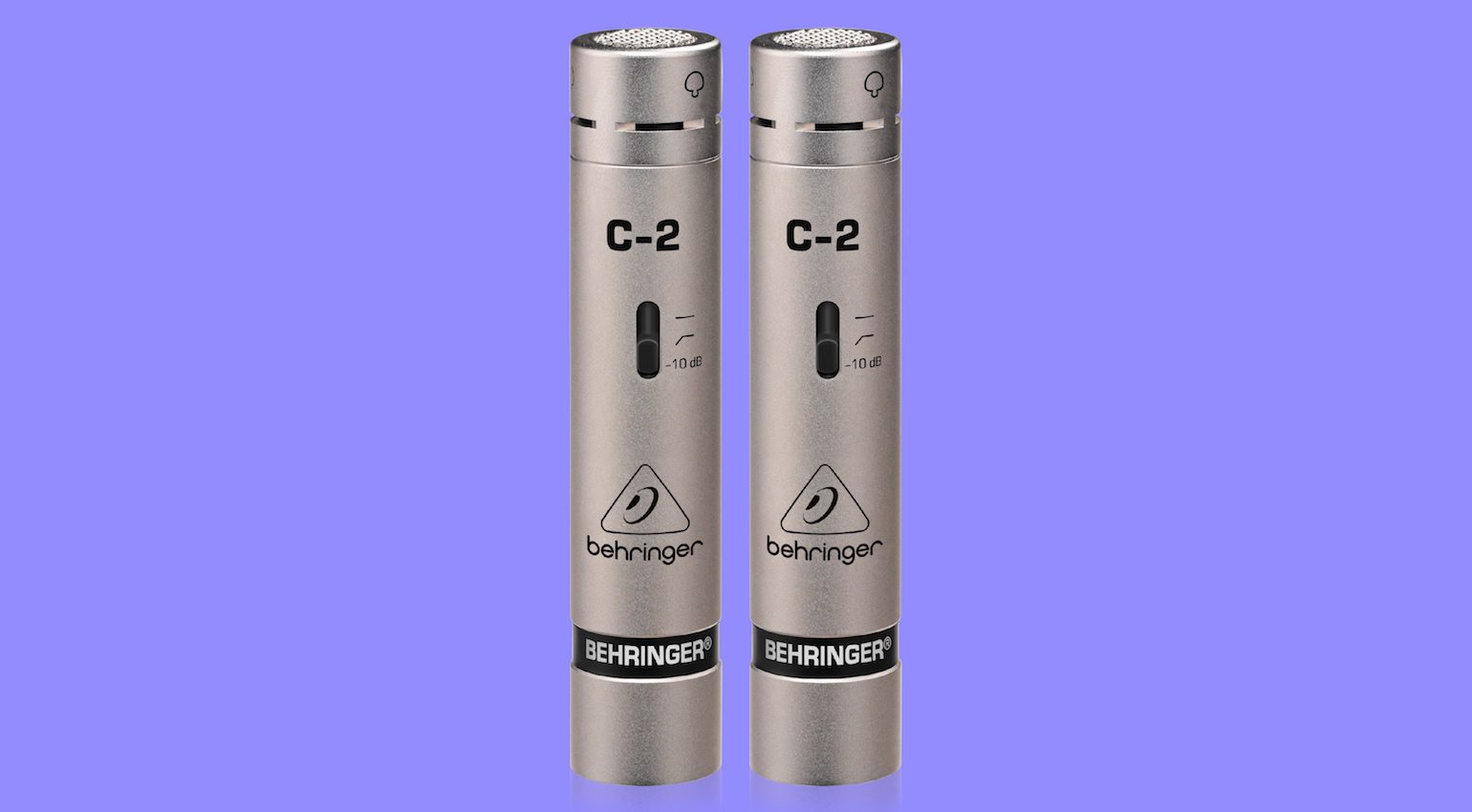
Whether you’re looking to record piano, brass, woodwinds, percussion, or acoustic guitar, the C-2 has all the necessary accessories to get you started. Inside the carry case, you get windshields, mic clips, and a stereo spacer.
With a single switch, you can access the 120 Hz low-cut filter and -10dB pad. Overall, the C-2 provides value at an unbeatable price and adds a useful tool set to your home studio.
- More from Behringer
The Best Small Diaphragm Mics: RODE M5
From another trusted name in budget microphone technology, the Rode M5 is a widely used small-diaphragm condenser. The compact JFET design makes it useful in different stereo configurations on a range of different sound sources.
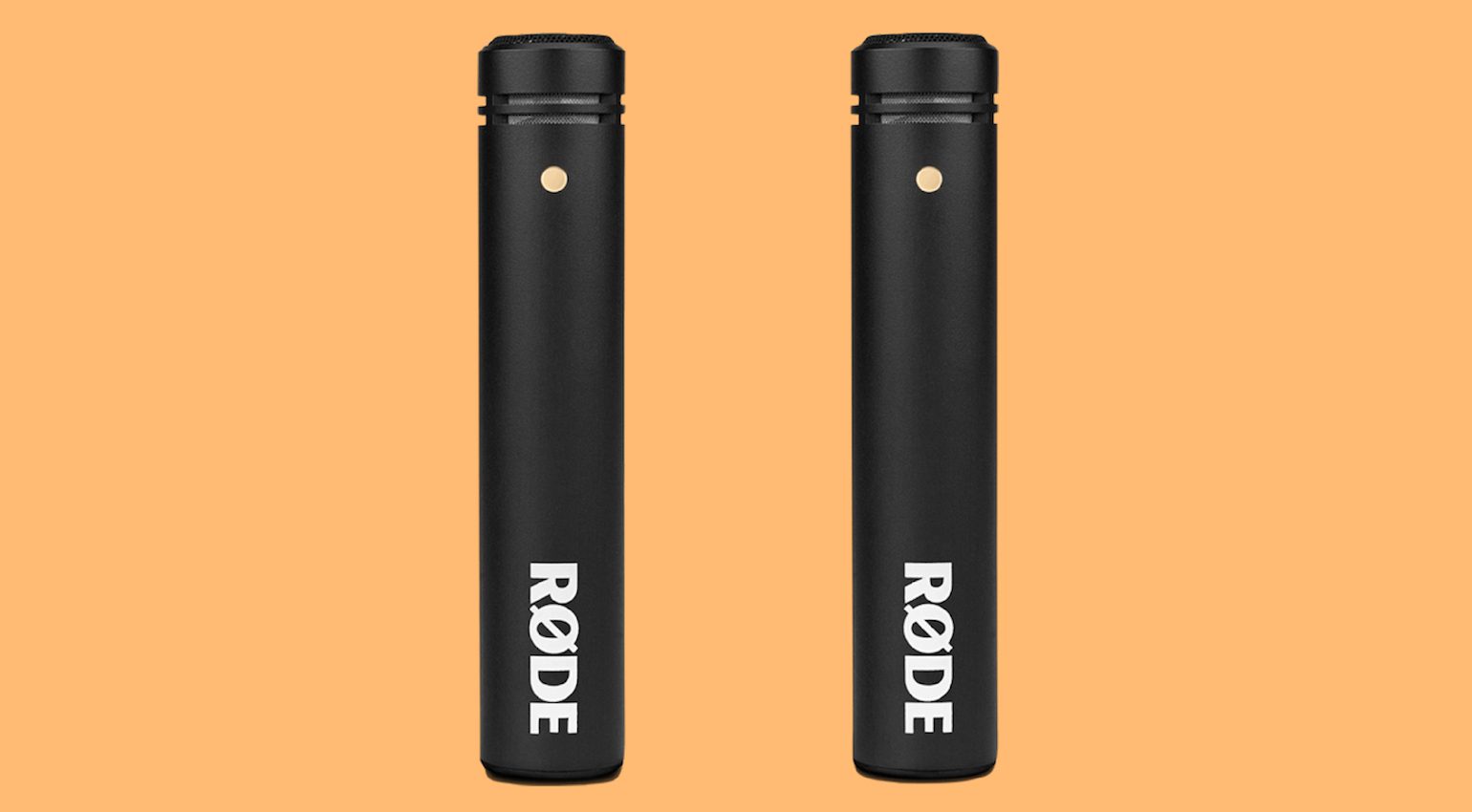
In addition, the M5 can handle levels up to 140 dB SPL, which makes it perfect for use as drum overheads. What’s more, it means it provides enough headroom to use short-range mic techniques that you might need in home recording situations.
The M5 is affordable, but still a worthy investment in your home studio‘s mic locker.
- More from RODE
The Best Small Diaphragm Mics: Lewitt LCT 040
The LCT 040 is the entry-level small-diaphragm condenser from Austrian mic manufacturer, Lewitt. The extremely compact and lightweight design makes it easy to transport and convenient for close proximity XY or ORTF configurations.
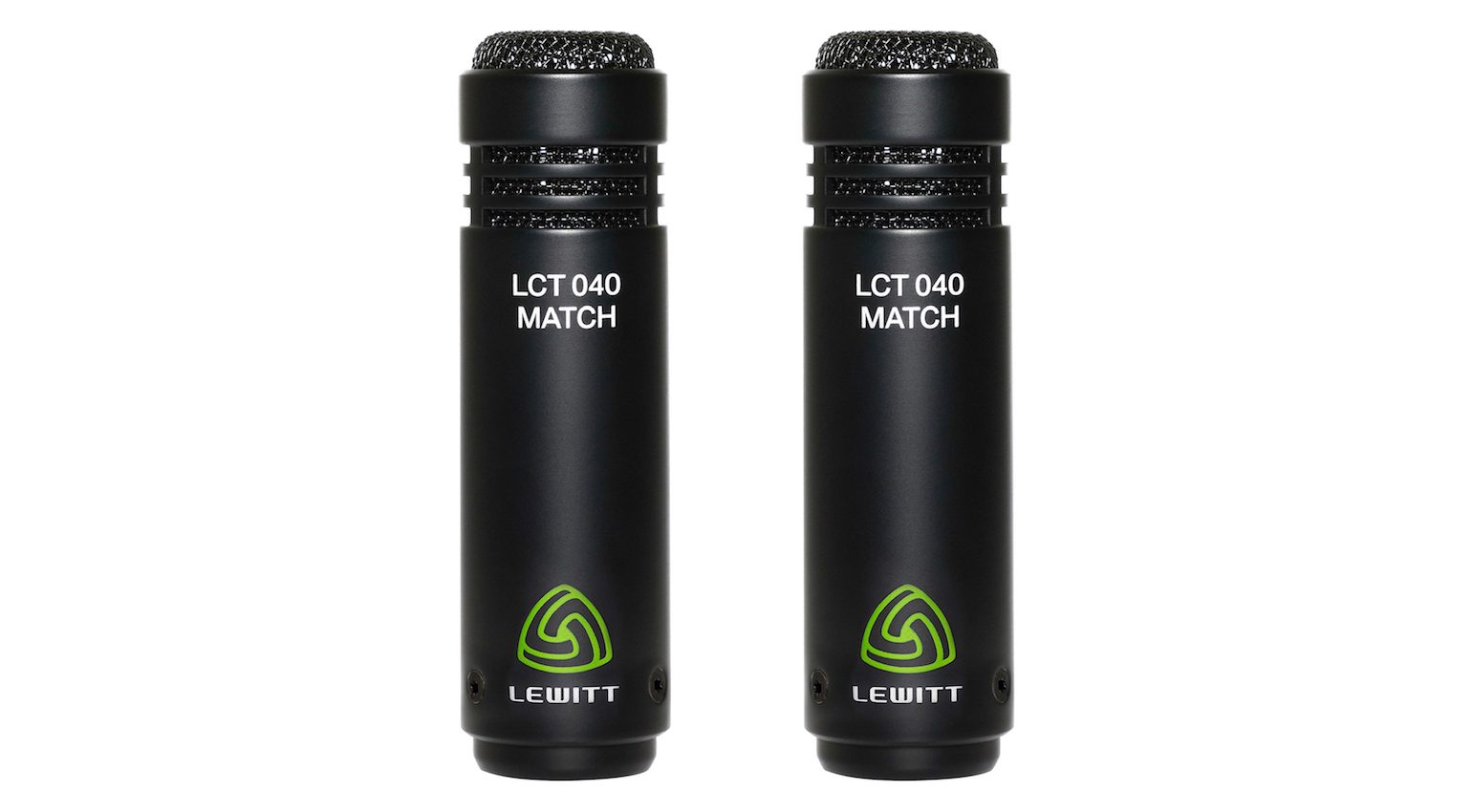
Besides the carry bag, you also get mic clips and a set of windshields which can be useful for reducing harsh reflectivity in the less-than-ideal recording environments you might find at home.
Lewitt has a great reputation with mics, so the LCT 040 is a sure buy as far as sound quality goes.
- More from Lewitt
The Best Small Diaphragm Mics: sE Electronics SE7
Also well-known for designing microphones that are both good quality and affordable, it’s no surprise to find the SE7 on this list. The rugged construction means they’re built to last, so you don’t need to worry about using them every day if you have to.
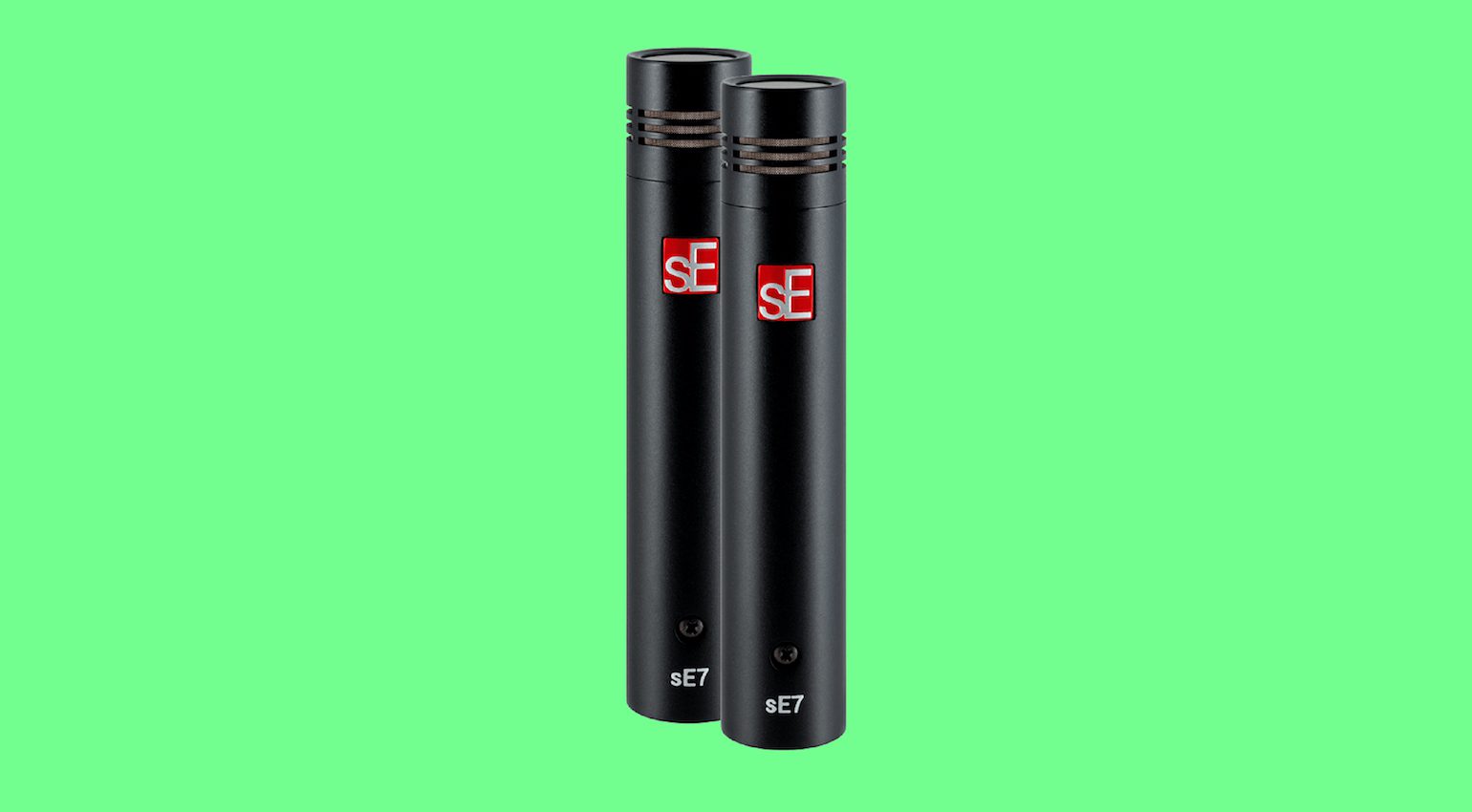
Furthermore, the SE7 can handle high-SPL sources, and with the addition of the -20 dB pad switch you can happily use these mics as drum overheads. In addition, the set comes with mic clips and windshields to get you started right away.
With its overall quality and utility, the SE7 is certainly one of the best options in this price range.
- More from sE Electronics
The Best Small Diaphragm Mics: RODE NT55
The NT55 is a particularly versatile small-diaphragm microphone for a wide range of studio recording applications. Constructed with a half-inch gold-sputtered capsule, the NT55 also uses a JFET impedance converter with a bipolar output buffer in the design. Its key feature, however, is that you can switch polar patterns, which allows you to use a wider range of mic techniques.
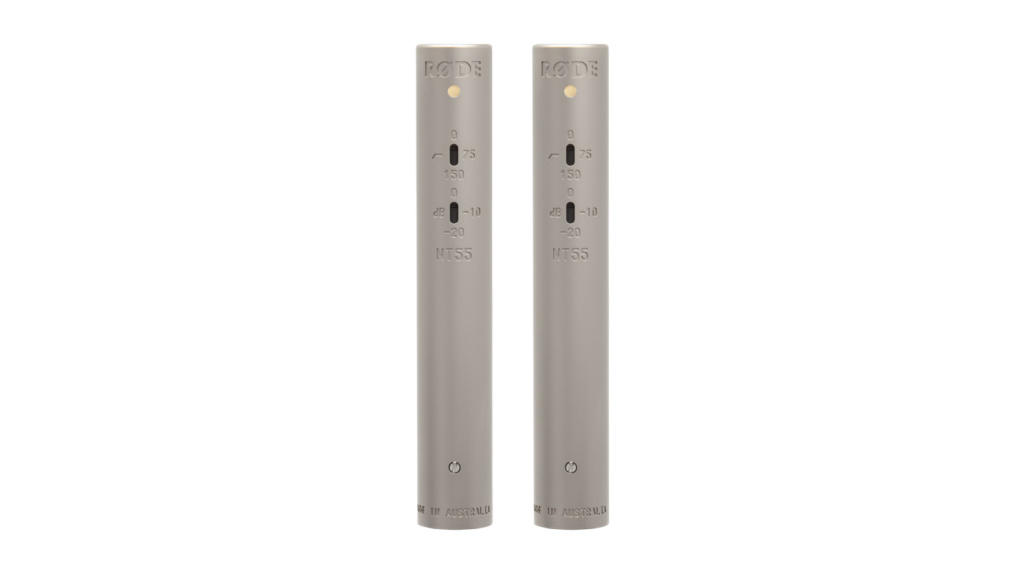
This is enabled by the included NT45-O interchangeable omnidirectional capsule, so you can switch from the standard cardioid to omni for more ambient configurations. To avoid picking up low-frequency rumble, there is a switchable high-pass filter that can be set at 75 or 150 Hz.
In addition, if you’re dealing with particularly high-SPL sound sources, you can pull back the gain by 10 or 20 dB with the pad switch. The NT55 is available individually, but it’s usually used in a stereo pair in AB, XY, and ORTF configurations, and is particularly effective for orchestral recordings. Get it at Thomann.*
The Best Small Diaphragm Mics: Neumann KM 184
Neumann KM 184 and its omnidirectional counterpart, the KM 183, come from a particularly prestigious line of small diaphragm mics. The KM 80 series was introduced in 1966, and its FET circuitry marked Neumann’s move into solid-state designs. Another important fact is that the KM 83 and KM 84 were the first mics to use phantom power, a standard still widely used today.
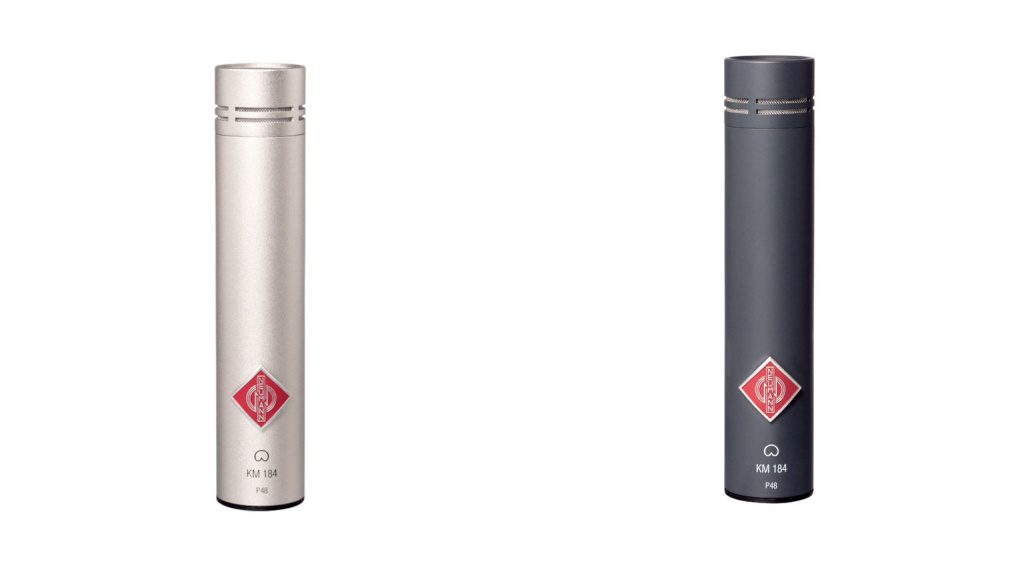
These small diaphragm mics have an unmistakably natural sound, which makes them ideal for grand piano recordings. However, you can get great results on virtually any acoustic instrument, provided you’re aiming for a true representation of the sound. This includes instruments like percussion and acoustic guitars, as well as any traditional exotic instruments you can think of.
The KM series stereo pairs come in their own specially designed wooden box with a molded foam insert for all the components, including the microphones, mic clips, and windshields. While the KM 180 series is priced out of home studio territory, they are certainly essential for pro studios with treated live rooms for capturing natural ambience. Get it at Thomann.*
The Best Small Diaphragm Mics: Schoeps Colette MK 5
When you absolutely must have the best mics for pristine orchestral recordings, Schoeps are trusted by the top recording facilities and sound stages. These incredibly transparent microphones are modular by design, so the CMC 6 microphone amplifiers are compatible with a range of different Schoeps capsules.
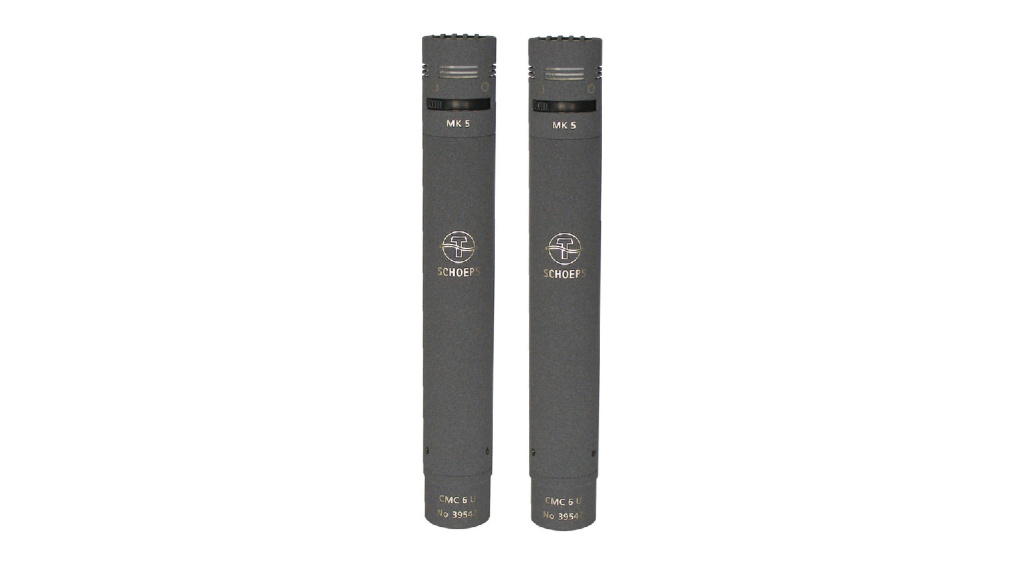
However, this stereo set includes the MK 5 capsules are equipped with a switch to toggle between cardioid and omnidirectional pickup patterns, so you’ll only be shopping for new capsules if you’re doing something incredibly niche. The CMC 6 comes from a line of mics first introduced in 1973, and the prototype was built in 1990.
Since then, the CMC 6 has been through nine generations of updates, so it’s safe to say that you are getting the best in microphone technology for the modern recording era. Microphones of the Schoeps standard are a considerable financial investment, but they immediately set one studio apart from the rest, like any tried and tested piece of high-end gear. Get it at Thomann.*
More about the Best Small Diaphragm Mics:
- All about condenser microphones
- More about Home Recording
- Thomann’s guide to small-diaphragm mics
Videos:
*Note: This article about Budget Small Diaphragm Mics contains promotional links that help us fund our site. Don’t worry: the price for you always stays the same! We will receive a small commission if you buy something through these links. We appreciate your support!
5 responses to “The Best Small Diaphragm Mics for Studio Recording”

You are currently viewing a placeholder content from Facebook. To access the actual content, click the button below. Please note that doing so will share data with third-party providers.
More InformationYou are currently viewing a placeholder content from Instagram. To access the actual content, click the button below. Please note that doing so will share data with third-party providers.
More InformationYou are currently viewing a placeholder content from X. To access the actual content, click the button below. Please note that doing so will share data with third-party providers.
More Information

 3,9 / 5,0 |
3,9 / 5,0 | 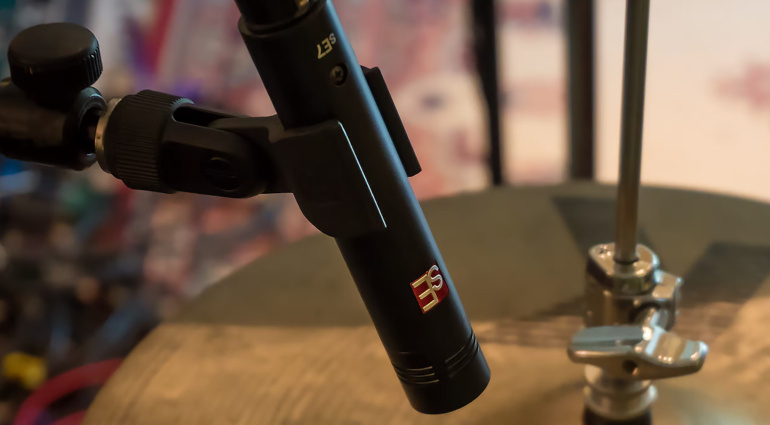

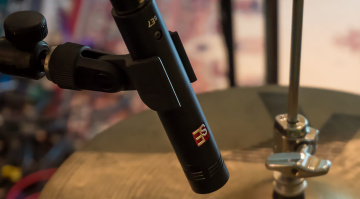

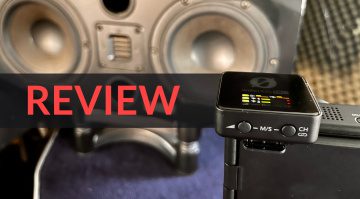
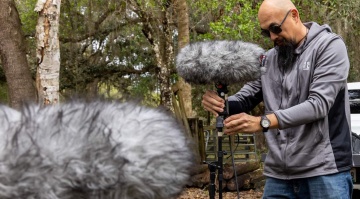
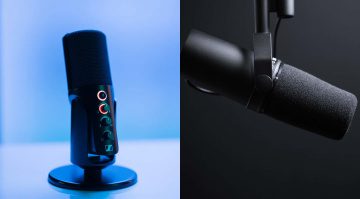
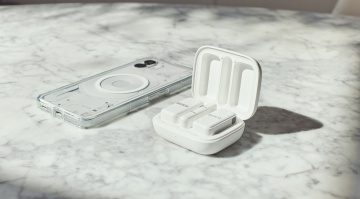
Better than any from the ones above is the Oktava MK-012
Thanks for the suggestion, but at more than double the price it falls outside the scope of this post.
How about the t.bone SC 140, Behringer B-5, MXL 603, AKG P170, Superlux S 241?
I went for a pair of SE7s mainly for hi-hat (where it sounded amazing coupled with two SE5s on overheads) and ended up using it on nylon string guitar as well along with the main AKG c414… (where they bring an extra “wooden quality” that I like but don’t necessarily need every time) I definitely want to try them on violin etc. to see if they can be used in an emergency but surely for that money I’m keeping them even if just for some extra percussion mics here and there. They’re so tiny and abusable they just can be always packed and brought along. For that money there’s certainly nothing wrong with them
I certainly miss the Universal Audio pencil mics. They are pretty affordable, and they sounds pretty different than the ones mentioned. They are less ‘bright’, and they are perfect for a brighter piano. i love them after owning a few of these above